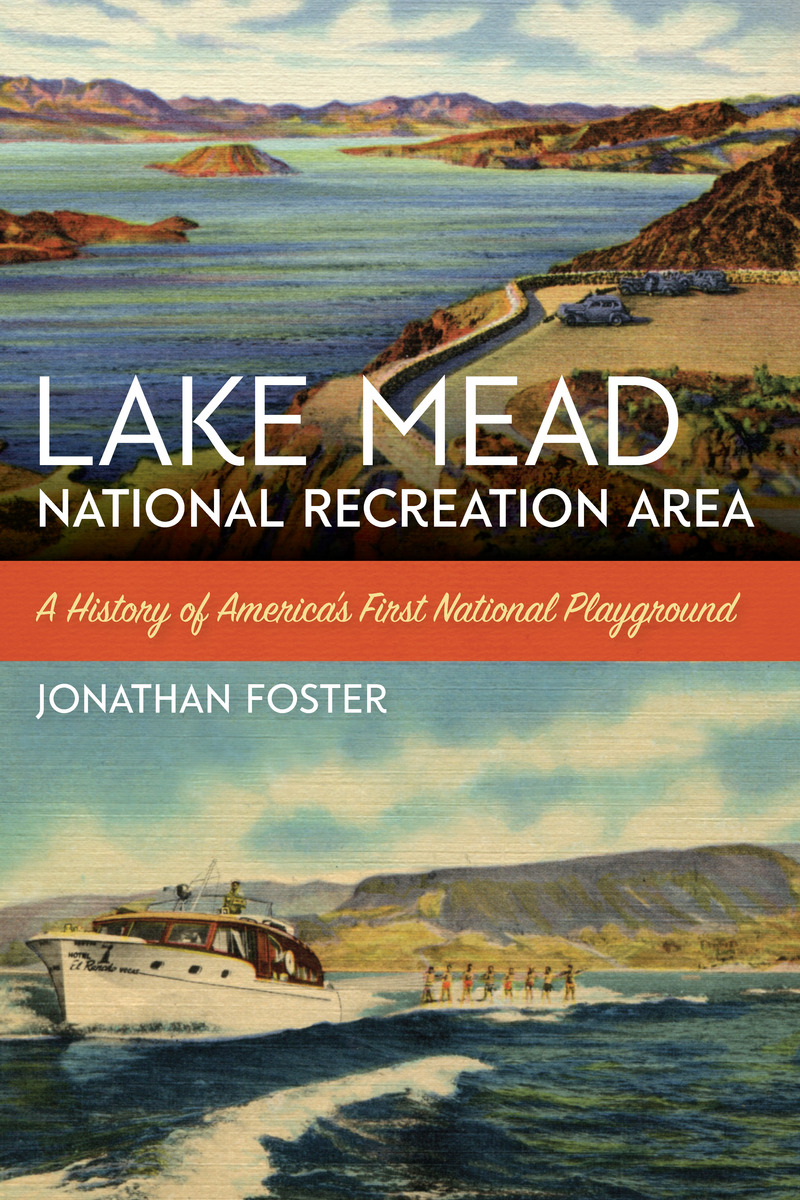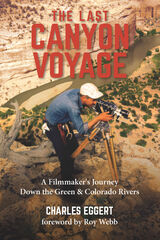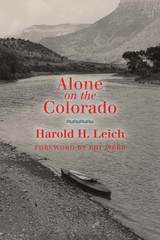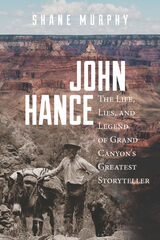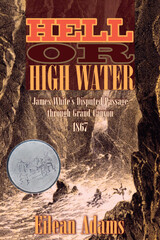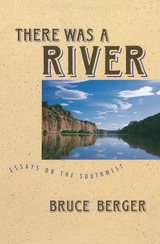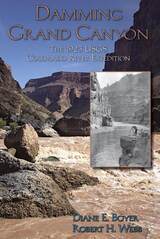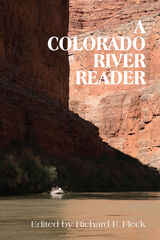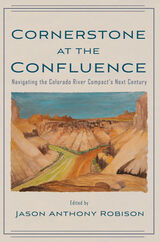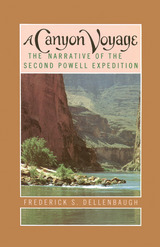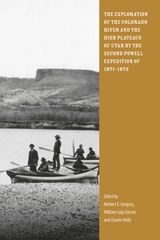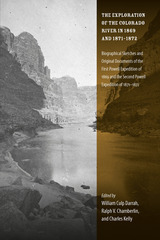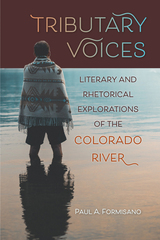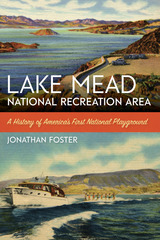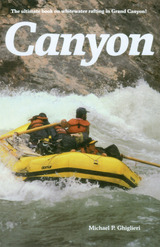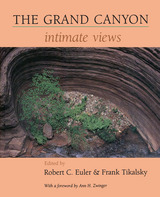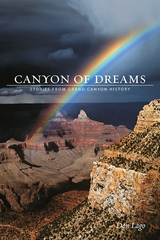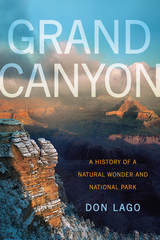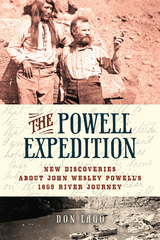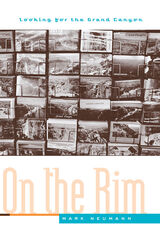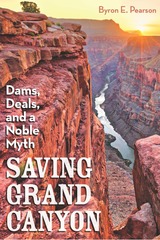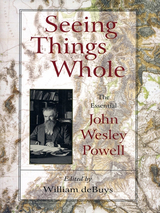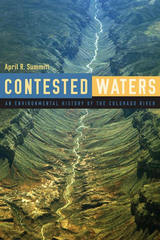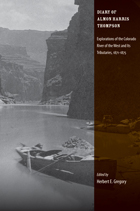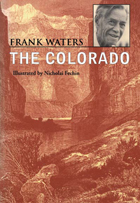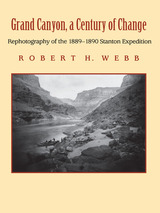Lake Mead National Recreation Area: A History of America’s First National Playground
University of Nevada Press, 2016
eISBN: 978-0-87417-005-4 | Paper: 978-1-943859-15-3
Library of Congress Classification F788.F65 2016
Dewey Decimal Classification 979.312
eISBN: 978-0-87417-005-4 | Paper: 978-1-943859-15-3
Library of Congress Classification F788.F65 2016
Dewey Decimal Classification 979.312
ABOUT THIS BOOK | AUTHOR BIOGRAPHY | REVIEWS | TOC | REQUEST ACCESSIBLE FILE
ABOUT THIS BOOK
This book examines the creation, characteristics, and tribulations of the first United States National Recreation Area. It also addresses the National Park Service’s historic role in managing reservoir-based recreation in a uniquely arid region. First named the Boulder Dam Recreation Area, this parkland was created in 1936 by a memorandum of agreement between the National Park Service and the U.S. Bureau of Reclamation. Over the course of its existence, the area has served as a model for a subsequent system of National Recreation Areas. The area’s extreme popularity has, in combination with changing public attitudes regarding preservation and safety, presented the National Park Service with tremendous challenges in recent decades. Jonathan Foster’s examination of these challenges and the responses to them reveal an increasingly anxious relationship between the government, the public, and special interest groups in the American West.
See other books on: Lake Mead National Recreation Area | Lake Mead National Recreation Area (Ariz. and Nev.) | Mountain (AZ, CO, ID, MT, NM, NV, UT, WY) | West | West (AK, CA, CO, HI, ID, MT, NV, UT, WY)
See other titles from University of Nevada Press
